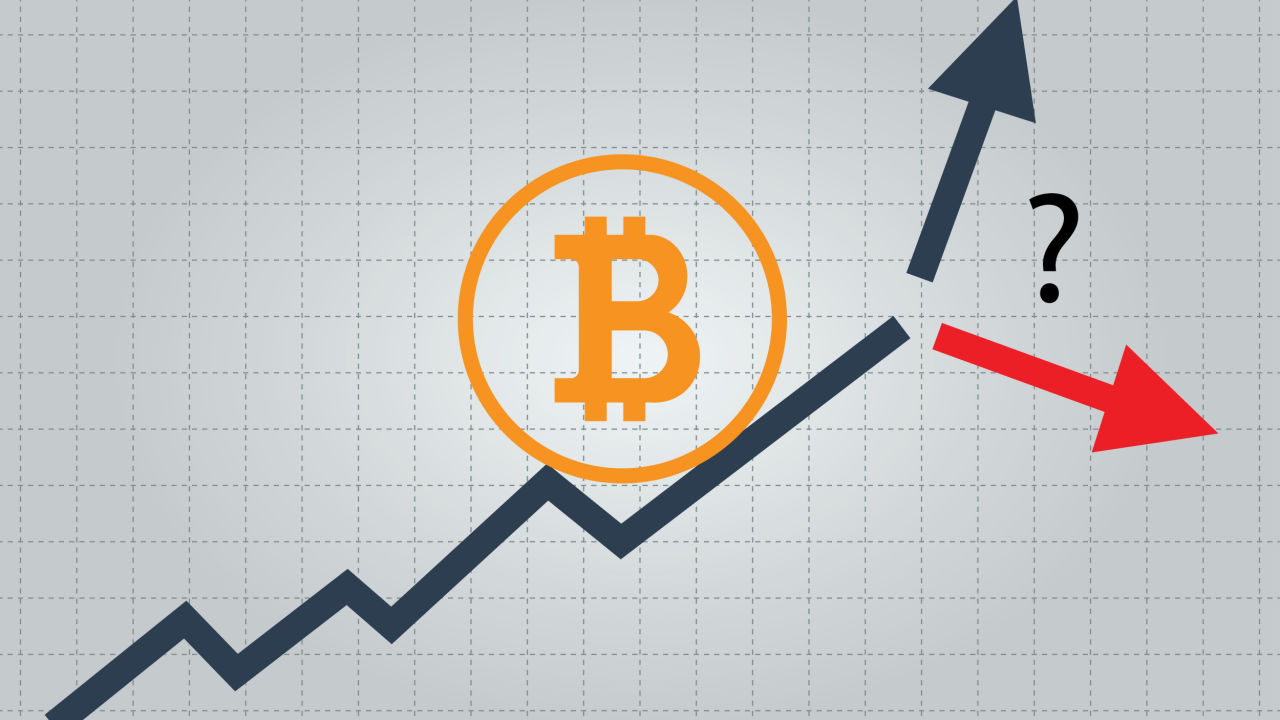Bitcoin Price Drops $109K to $84K Key Factors Behind Market

Bitcoin Price Drops Market Given the state of the bitcoin market, which is obviously pulling back, investors are concerned about the current price adjustment of around $84,000. Since January 2025, when Bitcoin reached a fresh high of $109,071, it has dropped a lot. Analysts have been prompted to investigate the reason for the decline. This change in pace has many traders unsure if the market is entering a long-term negative period or a temporary correction.
Influences newly entering investors?
New purchasers who entered the market following the election have especially suffered from the recent decline. Over the past three months, around twenty million fresh Bitcoin addresses have been created. Of all the current addresses, this represents 1.5%. Many of these individuals purchased Bitcoin during a very high price point.
They have lost a lot of money because the price has plummeted. The wasted output profit ratio was this low more than one year ago. It demonstrates Bitcoin deal profitability. This indicator implies that many recent purchases are selling at a loss, which increases the selling pressure and drives the market to collapse even more.
Legislative changes and government initiatives
Regulations have also greatly contributed to the market slump. Just signed an order by President Donald Trump establishing a Bitcoin strategic reserve. On Inauguration Day, this drove Bitcoin’s price to reach almost $109,000. Investors’ expectations have not been satisfied, nevertheless, since the reserve consists largely of Bitcoin taken in criminal and civil proceedings instead of fresh Bitcoin the government has purchased. The government’s lack of active buying disappoints traders, which has eroded trust and slowed down market momentum.

Regulating ambiguity still looms over the company, though, concurrently. Governments worldwide are monitoring digital assets more closely. Talks on tax regulations, stricter compliance requirements, and perhaps restrictions on decentralised finance (DeFi) platforms abound. This ambiguity has made consumers cautious as they weigh the possible government crackdown hazards.
Macroeconomic data and market sentiment
More general economic concerns have worsened Bitcoin’s decline as markets worldwide respond to proposed tariffs and negative economic news. Anxiety over inflation and a faltering economy have made markets in conventional financial spheres more erratic.
Wall Street’s future has collapsed. The Nasdaq future has dropped 0.6%; the S&P 500 future has dropped 0.5%. These incidents demonstrate how cautious investors are becoming and how they are focusing on more steady assets. This increases demand for Bitcoin and the crypto market overall.
Security breach and market uncertainty
The recent decline in the bitcoin market can also be attributed to security issues raised there. A major cyberattack on the Bybit exchange resulted in $1.5 billion lost. The North Korean cyber organization Lazarus is supposed to have committed the theft.
Some buyers have dropped out of the market, concerned about how safe crypto assets are today following a security incident. These kinds of activities not only cost money but also erode people’s confidence in crypto firms, affecting the stability of the market and causing a sell-off.
Extent of money leaving ETFs
Institutional buyers have a major role in explaining Bitcoin’s current declining price. Originally a major component in Bitcoin’s growth, record sums of money have been taken out of Bitcoin-based exchange-traded funds (ETFs). Just in February 2025, withdrawals from Bitcoin ETFs totaled $3.3 billion, indicating a significant shift in institutional opinion of the market.

Although ETFs have made Bitcoin less volatile and more liquid, they have also generated a new level of “faster money,” in which large institutional players rapidly exit positions as the market declines. This has accelerated Bitcoin’s recent decline in value, strengthening the slide and generating further price fluctuations.
With Bitcoin, what further developments?
Bitcoin is still the most sought-after digital asset, even if the market has been declining recently; analysts disagree on where it will head in the near future. If the present declining trend continues, some market analysts believe prices could go considerably lower—as low as $73,000. Others contend that, given that more institutions are using Bitcoin and rules are becoming clearer, its long-term underpinnings are still robust.
Many factors will determine the market’s direction, including its liquidity, changes in policies, and general stability of the economy. Should institutional investors rebuild their confidence and enter the market, it might provide the required funds for the recovery. In the same vein, if concerns about inflation vanish and markets all around become more stable, Bitcoin could regain some of the ground it lost.
Security and Long-Term Bitcoin Stability
Security is still a major issue; hence, the company must close the gaps to regain investors’ confidence. Bitcoin Holds Above $95,550. More legislative protections, more exchange openness, and stronger security policies could reduce risks and increase market participation.
Bitcoin’s function as a digital good is still significant even if short-term volatility is probably going to persist. Investors need to closely monitor economic data, regulatory updates, and institutional behavior if they are to make wise judgments in this evolving market. Although the recent decline in price could provide challenges, it also offers opportunities for long-term investors that support the whole Bitcoin and cryptocurrency ecosystem.
